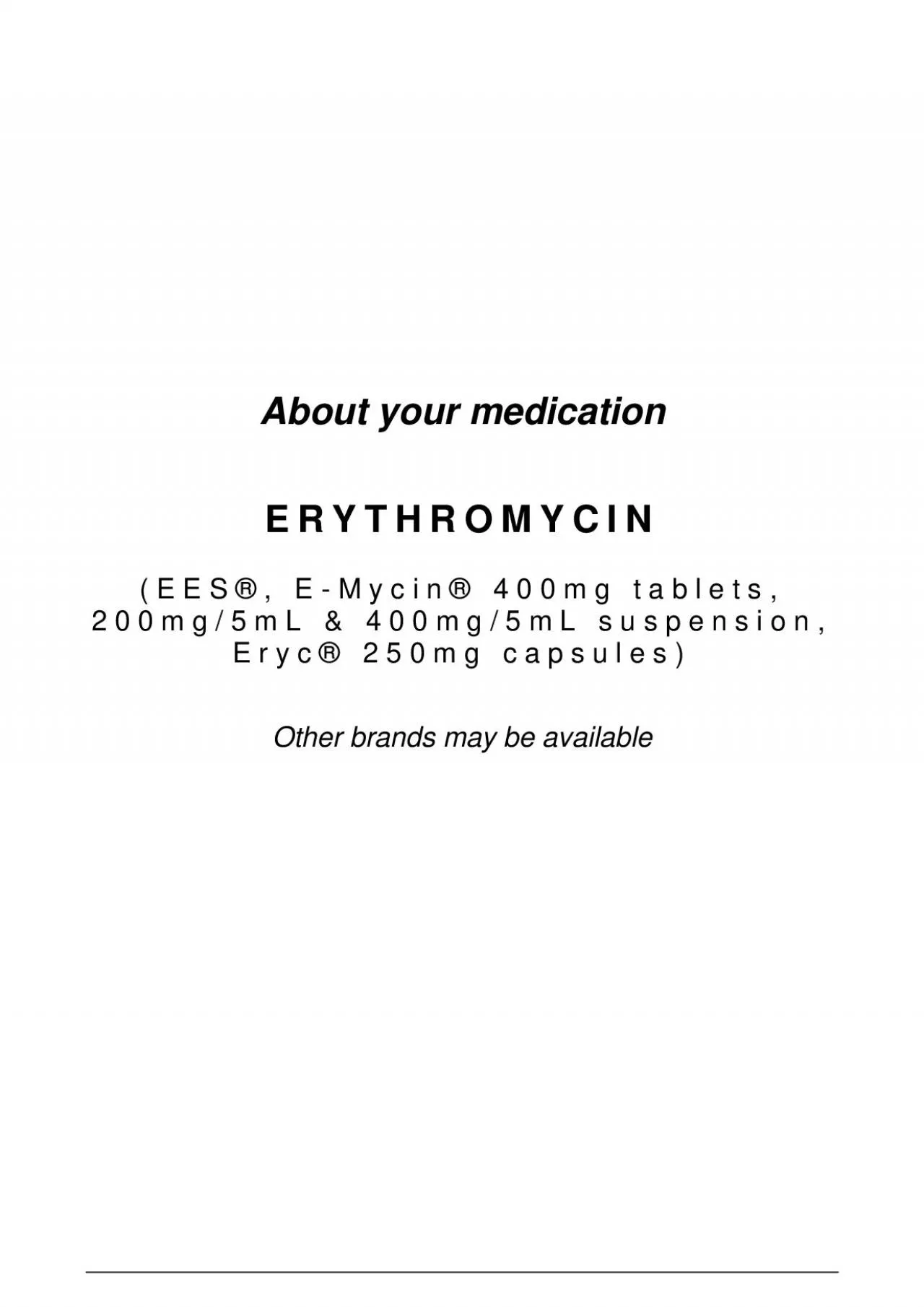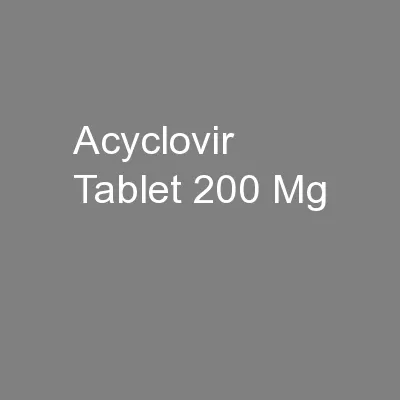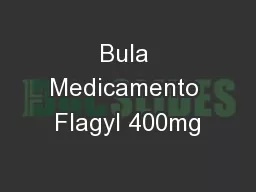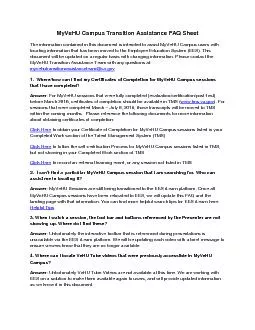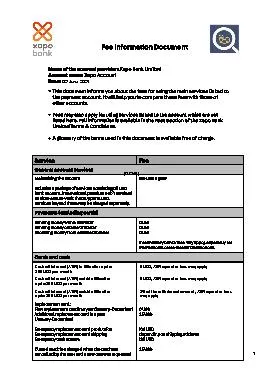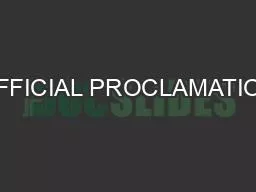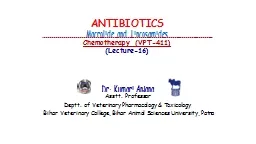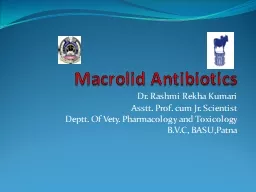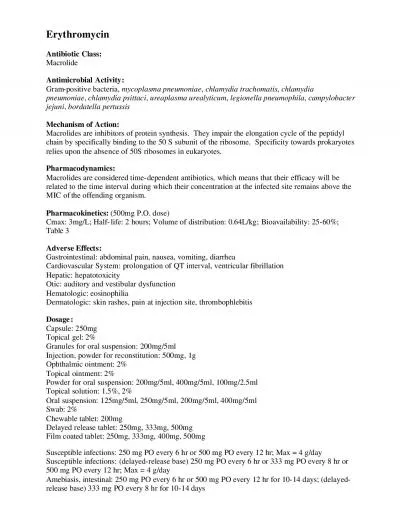PDF-About your medication ERYTHROMYCIN EES EMycin 400mg tablet
Author : davies | Published Date : 2022-09-09
WHAT IS ERYTHROMYCIN Erythromycin is an antibiotic It belongs to a group of medications called macrolides It is only available on a doctor146s prescription WHAT
Presentation Embed Code
Download Presentation
Download Presentation The PPT/PDF document "About your medication ERYTHROMYCIN ..." is the property of its rightful owner. Permission is granted to download and print the materials on this website for personal, non-commercial use only, and to display it on your personal computer provided you do not modify the materials and that you retain all copyright notices contained in the materials. By downloading content from our website, you accept the terms of this agreement.
About your medication ERYTHROMYCIN EES EMycin 400mg tablet: Transcript
Download Rules Of Document
"About your medication ERYTHROMYCIN EES EMycin 400mg tablet"The content belongs to its owner. You may download and print it for personal use, without modification, and keep all copyright notices. By downloading, you agree to these terms.
Related Documents

